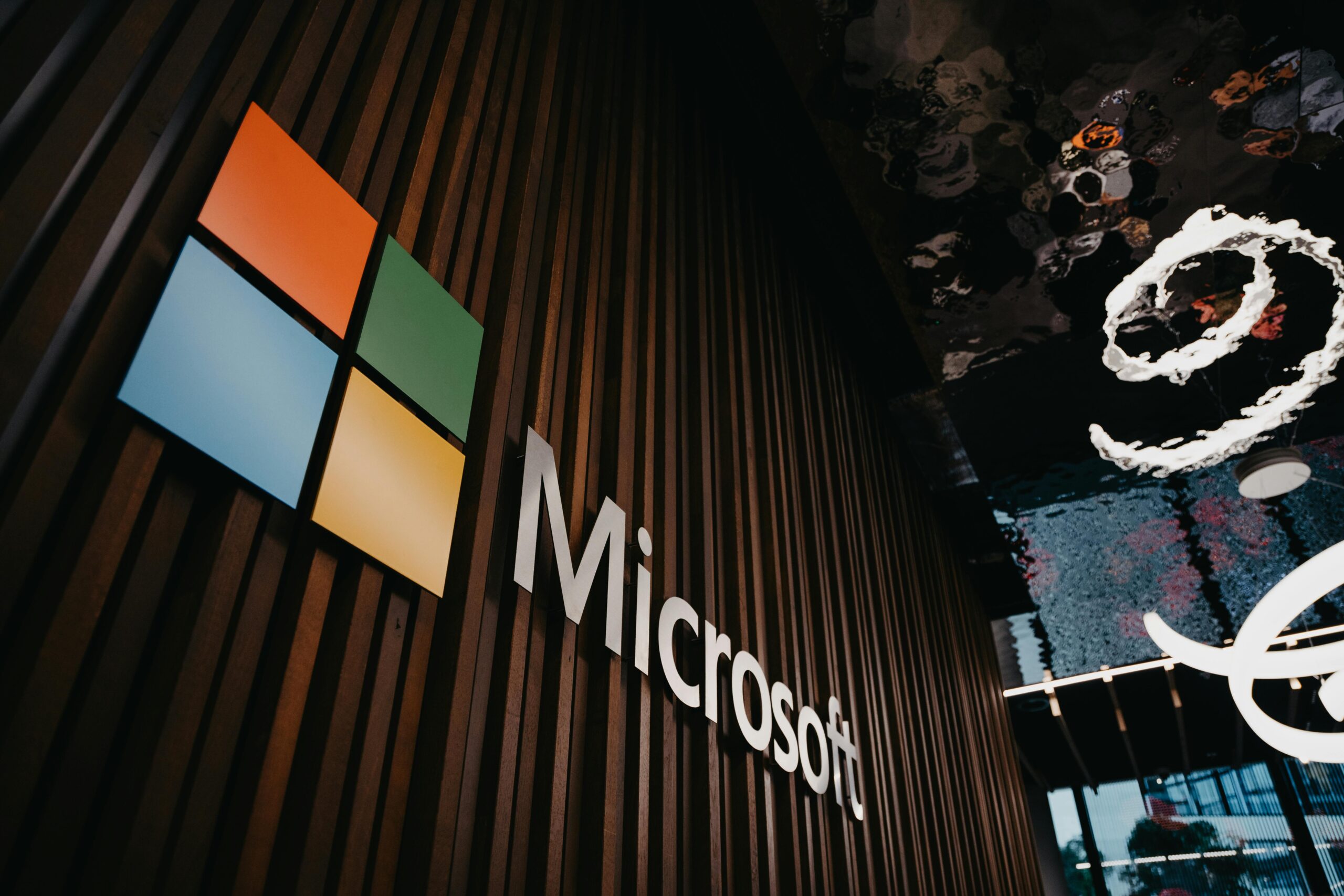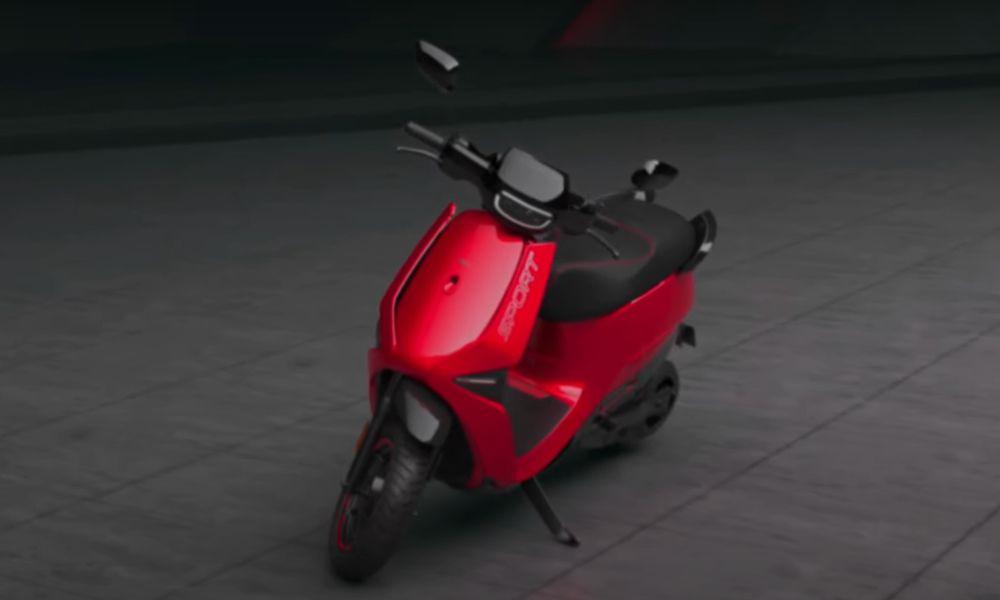Microsoft has launched Copilot 3D, a new AI-powered tool that can convert ordinary 2D images into 3D models within seconds. This innovation follows closely after Microsoft’s recent rollout of GPT-5-powered Smart Mode in Copilot, reinforcing the company’s strong focus on embedding AI into creative and design processes.
Copilot 3D is part of Copilot Labs and aims to make 3D modeling fast, accessible, and user-friendly. Currently, the feature is available for free to select users who sign in with a Microsoft or Google account. The tool is intended for rapid prototyping, concept testing, and educational purposes—areas where traditional 3D software can often be complex and time-consuming.
Users simply upload PNG or JPG images smaller than 10MB and click “Create” to let the AI generate a 3D model within seconds to a minute. The output is saved in GLB format, compatible with most 3D viewers, design tools, and game engines. Early testing, as reported by The Verge, shows that Copilot 3D performs best with simple, everyday objects like furniture, umbrellas, or bananas, while it may struggle with animals or complex shapes.
To access Copilot 3D, Microsoft recommends using a desktop browser. Users can visit Copilot.com, click on the sidebar, navigate to “Labs,” and select “Try now” under Copilot 3D. Generated models are stored on the “My Creations” page for 28 days and can be exported to augmented reality (AR) applications. This temporary storage policy allows users to download and manage their files easily while maintaining server-side control.
For best results, Microsoft advises uploading images with a clear distinction between the subject and background. Currently, only PNG and JPG formats are supported, but compatibility and file size limits may expand in the future. Users must upload images they own or have rights to and are discouraged from submitting photos of people, as per Microsoft’s terms of service. Accounts violating these rules or uploading illegal content may face suspension or automatic blocking.
Importantly, Microsoft assures users that the 3D models created will not be used to train its AI systems, addressing privacy concerns often associated with generative AI.
The launch of Copilot 3D follows closely on the heels of the GPT-5 Smart Mode integration, highlighting Microsoft’s push to make Copilot a versatile AI platform for productivity, creativity, and design. Experts suggest this tool will be especially useful for game developers, product designers, and educators, reducing the technical barriers and making 3D content creation accessible to both professionals and casual users without needing to master complex software like Blender or Autodesk Maya.


